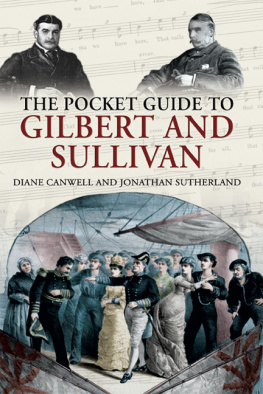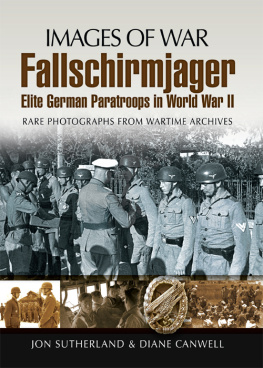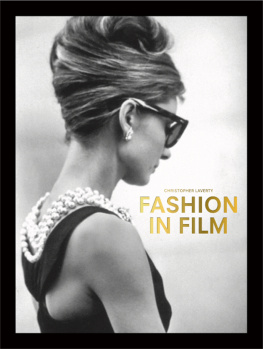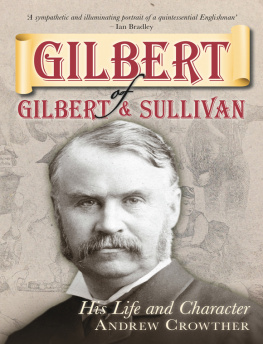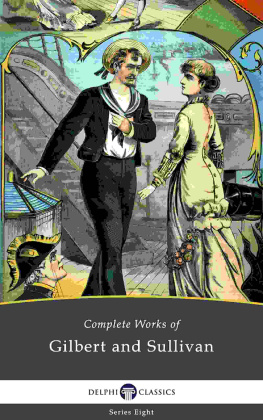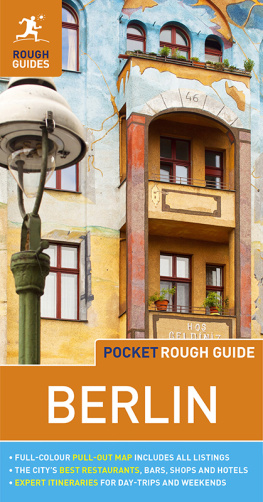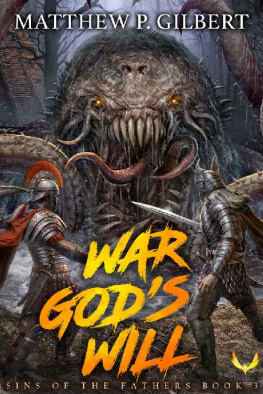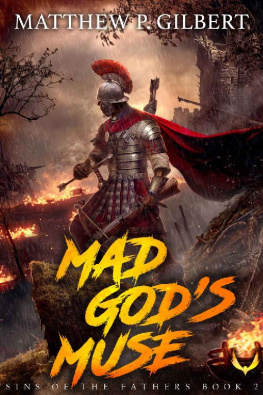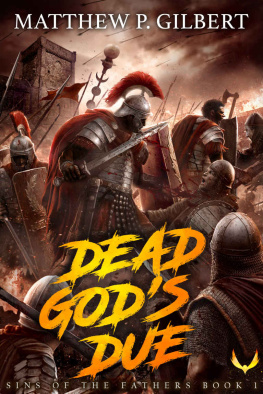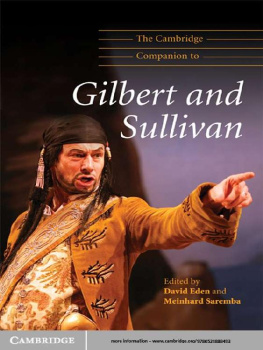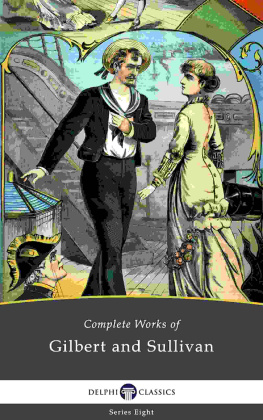First published in Great Britain in 2011 by
REMEMBER WHEN
an imprint of
Pen & Sword Books Ltd
47 Church Street
Barnsley
South Yorkshire
S70 2AS
Copyright Jon Sutherland and Diane Canwell 2011
ISBN 978 1 84468 103 7
eISBN 9781844687145
The right of Jon Sutherland and Diane Canwell to be identified as authors of this work has been asserted by them in accordance with the Copyright, Designs and Patents Act 1988.
A CIP catalogue record for this book is available from the British Library.
All rights reserved. No part of this book may be reproduced or transmitted in any form or by any means, electronic or mechanical including photocopying, recording or by any information storage and retrieval system, without permission from the Publisher in writing.
Printed and bound in the UK by CPI
Pen & Sword Books Ltd incorporates the imprints of Pen & Sword Aviation,
Pen & Sword Maritime, Pen & Sword Military, Wharncliffe Local History,
Pen & Sword Select, Pen & Sword Military Classics, Leo Cooper, Remember
When, Seaforth Publishing and Frontline Publishing
For a complete list of Pen & Sword titles please contact
PEN & SWORD BOOKS LIMITED
47 Church Street, Barnsley, South Yorkshire, S70 2AS, England
E-mail: enquiries@pen-and-sword.co.uk
Website: www.pen-and-sword.co.uk
Introduction
W illiam Schwenck Gilbert and Arthur Seymour Sullivan collaborated on 14 comic operas, some of which would become the most frequently performed works in musical theatre. They continue to be staged across the world.
The two men also had their own prodigious output of plays, stories, lyrics and music. Their style and approach would influence generations of musicians and dramatists, such as George Bernard Shaw and Oscar Wilde.
The relationship between Gilbert and Sullivan was not always an easy one. They began working together in 1871 and at their peak in the late 1870s and 1880s they would produce a series of extremely successful comic operas, with a new one appearing every year or two. The two men were radically different characters, however, and they often quarrelled over issues such as subject matter, politics and expenses. Throughout the relationship was a very fragile one. By the 1890s the partnership was virtually at an end, after more arguments about artistes, amendments to storylines and lyrics.
Their legacy was not just in the operas themselves, but also in bricks and mortar. The Savoy Theatre had been built specifically to accommodate their operas and Gilbert had gone on to build the Garrick Theatre in 1889. Sullivan was knighted in 1883 and Gilbert in 1907. Their innovations were a direct influence on the musicals that would follow; many of their techniques provided a model for lyricists working on Broadway.
Another enduring legacy was the composers relationship with Richard DOyly Carte. From 1875 he had produced and managed many of their greatest operas, culminating in the construction of the Savoy Theatre in 1882. Although DOyly Carte died in 1901, his name would also live on, inextricably linked to that of Gilbert and Sullivan, as The
DOyly Carte Opera Company, which continues to exist and to perform Gilbert and Sullivan works to this day.
On a personal note, researching this book has taken me back 40 years to the Sadlers Wells Theatre, on Rosebery Avenue in London, recalling the annual arrival of the DOyly Carte Company and managing the packed auditorium before curtain up. Each season brought with it a new mix of the operas. By the end of each tour every line of each verse and every theatrical nuance was so familiar that one felt one was a part of the company itself.
Chapter 1
Who Were Gilbert and Sullivan?
G ilbert and Sullivan would become the fathers of the modern blockbuster musical. They created a formula that almost guaranteed theatrical success. Their musicals were melodic and funny and they would continue to attract literally millions of fans to this very day. It was one of the first musical marriages; an artistic partnership, a testing one for the pair of them, and one that was often punctuated with disputes and quarrels. Yet their partnership would become the blueprint for the Gershwins, Rodgers and Hammerstein, and Lloyd Webber and Rice, to name but a few. Gilbert and Sullivan created 14 light operas and so popular would they become that they have been, and continue to be, performed by professional and amateur groups across the world.
William Schwenck Gilbert (18361911)
His early life
Gilbert was born in the house of his grandfather, at 17 Southampton Street in London. His father was a naval surgeon and his mother was the daughter of a doctor. He had three younger sisters; Jane, Maud and Florence. They lived at 4 Portland Place in Hammersmith and at the age of two Gilbert, whilst being looked after by a maid, was kidnapped in Naples, his parents paying 25 for his safe return. Interestingly, child kidnap would be part of the plots of HMS Pinafore , The Gondoliers and The Pirates of Penzance , so the experience obviously left an indelible mark on him.
Gilberts parents separated when he was 19 and it seems clear that he did not come from a particularly happy home. Again shades of his upbringing often emerged in the work that he would write later in life. When Gilbert was seven he was at school in Boulogne and was a fluent French speaker. By the age of 13 he was at Great Ealing School.

A portrait of Gilbert by Frank Holl dated 1886, which hangs in the National Portrait Gallery .
In Gilberts own words:
He speedily won the reputation of being a clever, bright boy, who was extremely lazy. It was soon discovered, however, that he could work so quickly that his natural tendency to idleness was no handicap to his abilities.
He was at a school that had taught distinguished writers such as Huxley and Thackeray. Out of school he was interested in drawing and reading, but he was already fascinated by the theatre. Again Gilbert said:
Under the influence of social intercourse with many literary and theatrical friends who frequented his fathers house, his bias for the stage naturally entered largely into his ambitions.
Gilbert played Guy Fawkes in a melodrama at school and when he was 15 he saw the actor Charles Kean in The Corsican Brothers . Kean knew Gilberts father and sent him back to school when Gilbert turned up at the theatre and asked him for a job.
By the age of 16 Gilbert had become head boy at his school and was also fluent in Latin and Greek. He loved reading Edward Lear and Charles Dickens. After Great Ealing School, Gilbert went to Kings College, London, to study law in 1853. He also decided that he would try to get a commission in the Royal Artillery. He was fascinated by the Crimean War and uniforms; this would be another enduring part of the operas that he would write in the future. At this stage Gilbert fully intended to become a soldier:

